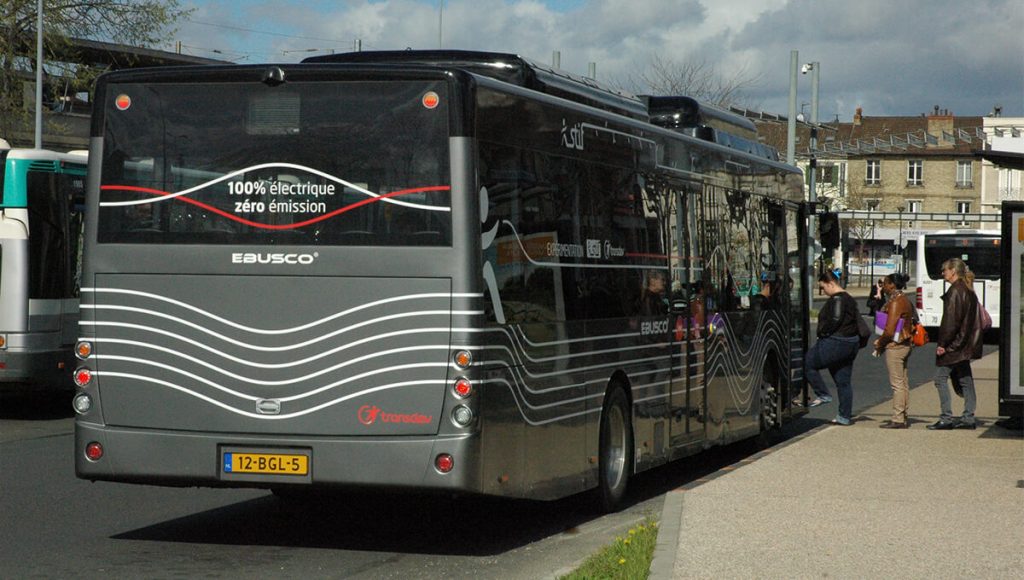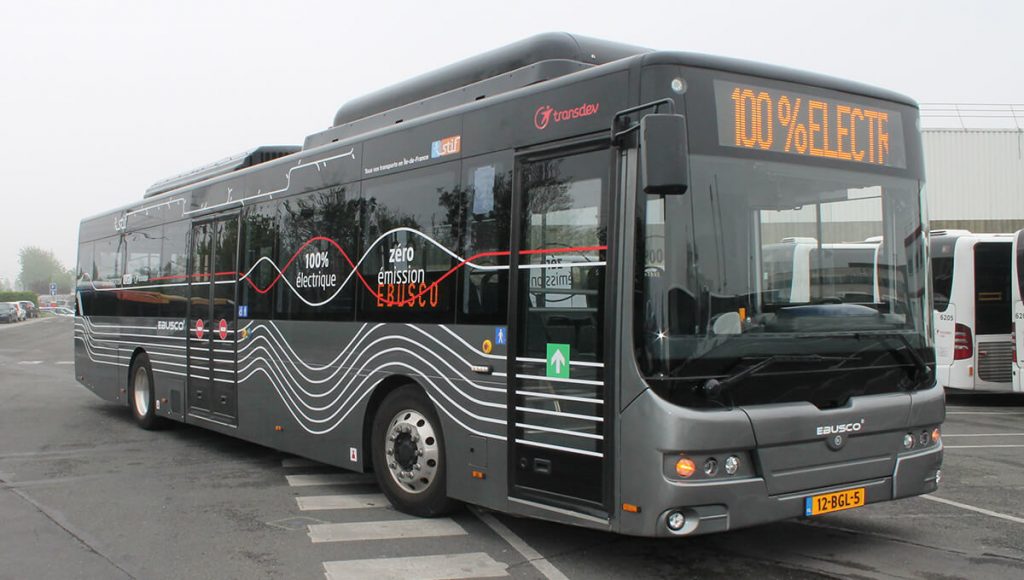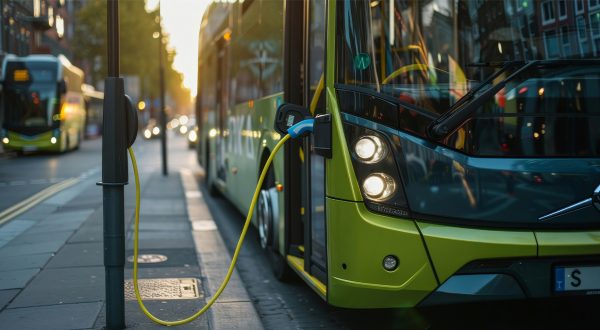
© STIF, Transdev
All buses in large French cities will have to be “clean” by 2025. Argenteuil has already taken the step of investing in a smart charging system.
100% electric buses are being rolled out in urban public transit systems. Paris launched its first all-electric line in May 2016. The mass transit fleet of Argenteuil in France’s Val-d’Oise region will do the same, ultimately acquiring a dozen of 100% rechargeable buses. Users will see no changes in routes or stops. The city and transit authority will, however, benefit from a new, smarter, more resilient, and much cleaner transportation system!
The decision to go electric poses a variety of challenges with respect to depot size/infrastructure and power supply, as well as the management of charge/standstill time and range/distance travelled for each bus.
“Our goal is to ensure that each bus has the necessary range, while eliminating consumption spikes during charging. This is where smart infrastructure becomes critical.”
Like other battery-operated devices, electric buses must be recharged. This is done at the depot once they have finished their run. The process for charging a demo bus is technically straightforward and has been effectively mastered. Transit authorities must now apply these principles to running actual fleets.

© STIF, Transdev
“Large depots often accommodate about 250 buses. The hurdle is reducing power consumption spikes during charging, in order to cut investment (optimized charging infrastructure) and operating (service and kWh) costs. Smart infrastructure plays a key role here, by regulating and capping energy input, while ensuring that each bus has the range it needs,” explained Nicolas Héritier, Urban Transport VP for Mobility, a VINCI Energies company that designs, supplies, manages and secures transportation infrastructure, and is in charge of the solution being deployed in Argenteuil.
Fleet Planning Solution
Smart electric bus solutions here and elsewhere depend on the ability to collect data and turn it into information. How does this work? Mobility’s Cway platform acquires and analyses different kinds of data, such as bus charge levels after they return to the depot, operating profiles (departure times, distances to be travelled the following day), weather, traffic parameters, etc.
The system calculates the charge and stabilizes the power supply in line with each vehicle’s anticipated needs, based on analysis of this data. Such data also provides critical information on fleet status and is used in planning vehicle maintenance and replacement.
In an open system, this process not only serves for operating a specific number of vehicles, but can be used for scalable sizing, according to fleet growth and number of electric buses. This avoids initial overinvestment and ensures controlled management of fleet development.
100% Clean Buses by 2025
While the percentage of electric buses is still small, their market share is expected to boom. This will reduce planet-wide emissions, improve quality of life for urban dwellers and make our communities more beautiful—while complying with regulatory requirements such as the government’s January 11, 2017 order-in-council on low-emission buses that requires French cities with more than 250,000 residents, or that are covered by an air pollution protection plan, to purchase increasing numbers of clean buses, starting in 2020—and only clean vehicles as of 2025.
16/02/2017
Learn more:
All-electric buses set to conquer the world


